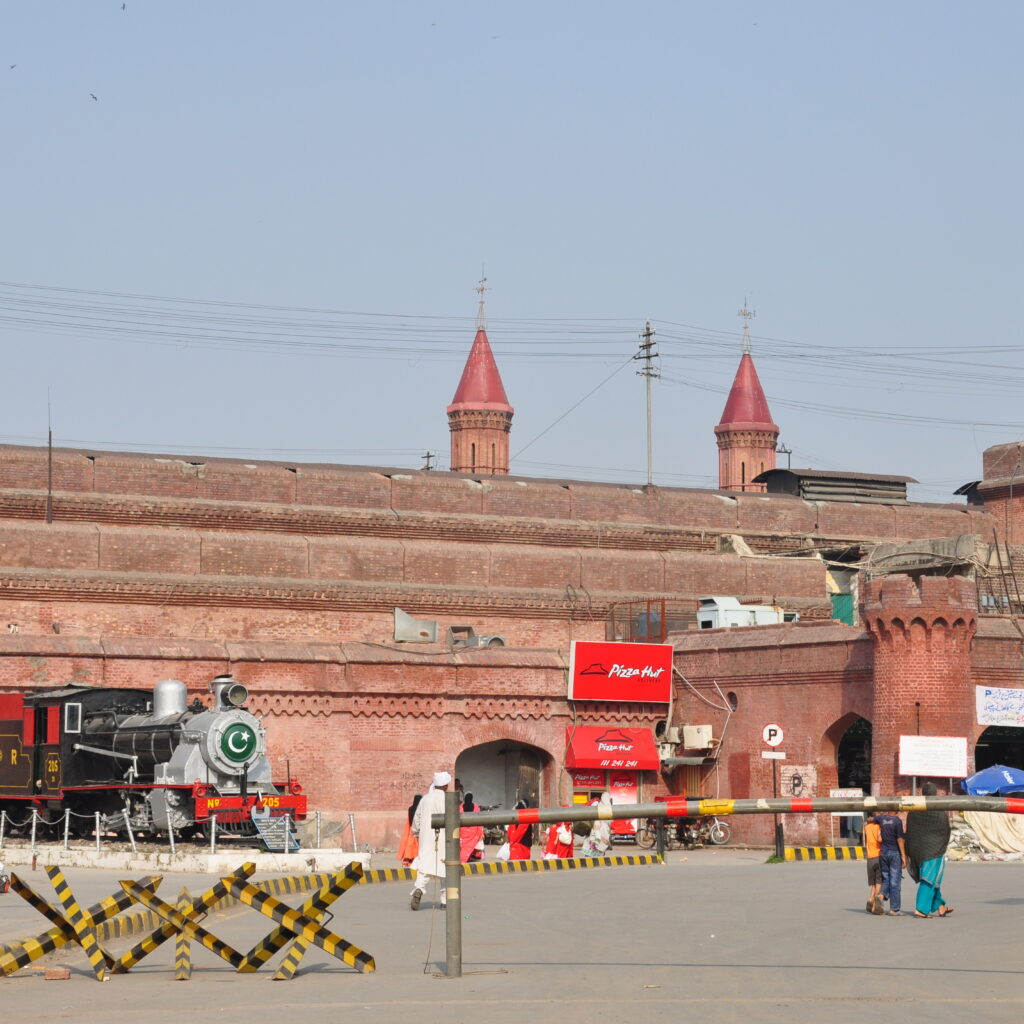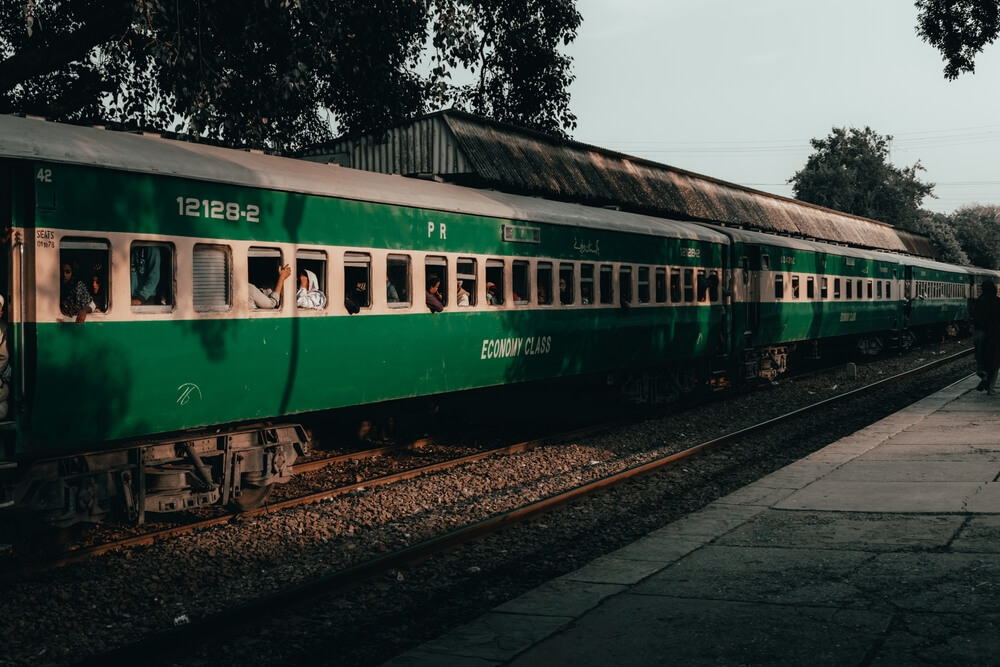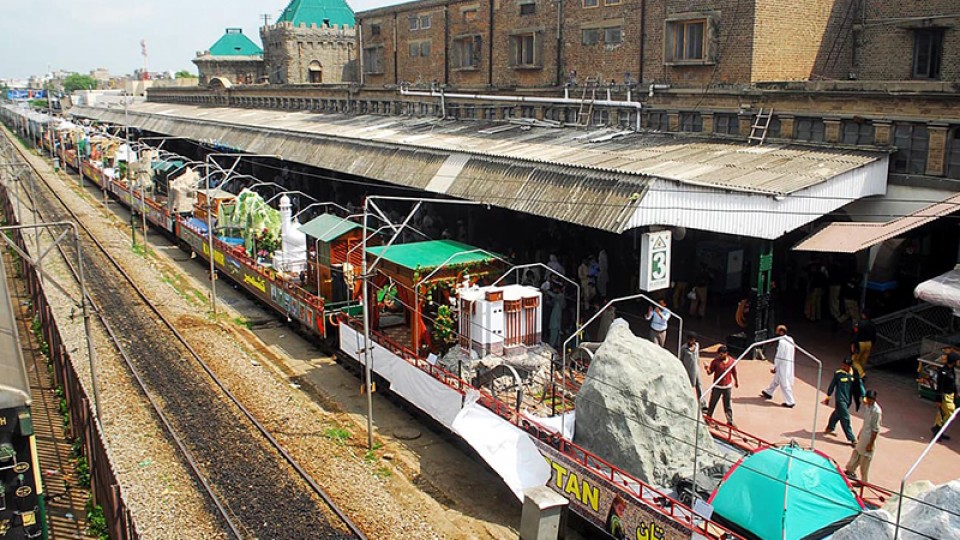Pakistani Railway Stations
Introduction: Gateways of Heritage and Connectivity
Railways have always played a central role in shaping the identity, economy, and culture of Pakistan. From connecting remote villages to major metropolitan cities, Pakistani railway stations are more than just travel hubs – they are living monuments of history, architecture, and social life.
Each railway station in Pakistan tells a unique story. Some reflect the grandeur of the colonial era, while others highlight the modernization of transport in the country. Together, they form a network that not only facilitates travel but also connects people with history and heritage.
For those who wish to explore Pakistan’s railway history and iconic landmarks, Pakistan PTPC offers comprehensive guides and authentic information about the country’s travel and cultural heritage.
Historical Background of Pakistani Railway Stations
The railway system in Pakistan traces its origins back to the mid-19th century under British rule in the Indian subcontinent. The first railway line in the region was laid in 1861, connecting Karachi to Kotri. Over time, the railway expanded, linking Punjab, Sindh, Balochistan, and Khyber Pakhtunkhwa.
During this expansion, magnificent railway stations were constructed, many of which still stand today as symbols of colonial-era architecture. These stations were not only functional but also artistic, with Gothic, Victorian, and Mughal-inspired designs. After independence in 1947, Pakistan inherited a vast network of railway lines and stations, which became vital for trade, migration, and national integration.


Importance of Railway Stations in Pakistan
Pakistani railway stations play a crucial role in the country’s social and economic framework.
- Transportation: They serve as primary transit points for millions of passengers each year.
- Trade and Commerce: Stations support the movement of goods, boosting economic activities across provinces.
- Cultural Significance: Many railway stations have become cultural landmarks, often located near historic cities.
- Tourism: Stations near famous tourist spots serve as gateways for travelers exploring Pakistan’s beauty.
To explore these cultural and travel experiences in detail, travelers can rely on Pakistan PTPC for authentic insights and guides.
Famous Railway Stations of Pakistan
Lahore Railway Station
Built in 1860, Lahore Railway Station is one of the oldest and most iconic stations in Pakistan. Its red-brick Victorian Gothic design makes it a landmark of colonial architecture. The station connects Lahore with major cities and remains one of the busiest in the country.
Karachi Cantt Railway Station
Located in Karachi, this station was constructed in 1898 and is the largest in Sindh. It serves as the hub for trains arriving and departing from Pakistan’s busiest city. Its elegant structure and historical relevance make it a prominent site for travelers.
Rawalpindi Railway Station
This station is a central hub in northern Pakistan, linking Rawalpindi and Islamabad to other parts of the country. Built during the colonial era, its architecture reflects a blend of Mughal and Victorian designs.
Multan Railway Station
Multan’s railway station, established in 1880, is one of the busiest in southern Punjab. It plays a vital role in trade and passenger transport, connecting Punjab with Sindh and Balochistan.
Peshawar Railway Station
Peshawar Cantonment Station, built in 1891, is famous for its role in connecting Pakistan to the historic Khyber Pass. It stands as a testament to the country’s strategic and cultural importance.
Quetta Railway Station
Located in Balochistan, Quetta Railway Station highlights the rugged beauty of the region. Despite harsh weather and mountainous surroundings, it continues to connect travelers and goods between Quetta and the rest of Pakistan.
Architectural Beauty of Pakistani Railway Stations
One of the most striking features of Pakistan’s railway stations is their architectural diversity. Unlike modern stations built solely for efficiency, many older stations were designed with artistry and detail.
- Victorian Gothic Style: Seen in stations like Lahore Railway Station.
- Mughal-Inspired Arches: Blending South Asian aesthetics with colonial engineering.
- Spacious Courtyards and Halls: Built to handle large crowds and freight efficiently.
- Clock Towers: Many stations feature iconic clock towers, symbolizing punctuality and heritage.

Social and Cultural Role of Railway Stations
Railway stations in Pakistan are not just transit points—they are cultural meeting grounds.
- Centers of Community Life: Many stations have bazaars and vendors, making them lively hubs.
- Literary and Artistic Inspiration: Stations have been featured in novels, poetry, and films.
- Symbol of National Unity: They bring together people from diverse backgrounds, strengthening bonds across provinces.
Stations also reflect the everyday lives of people—porters carrying luggage, families reuniting, vendors selling local delicacies—all forming part of Pakistan’s vibrant railway culture.
Tourism and Railway Heritage
Pakistani railway stations also serve as gateways for tourism. From Lahore’s walled city to Quetta’s mountainous terrain, stations are strategically located near major attractions. Tourists traveling by train often experience the country’s diverse landscapes—from fertile plains to deserts and mountain ranges.
To discover Pakistan’s hidden gems and plan railway journeys, visitors can explore Pakistan PTPC, which offers cultural insights and travel information.
Pakistani railway stations are more than functional structures—they are symbols of the country’s history, architecture, and cultural diversity. From the grandeur of Lahore Railway Station to the rugged charm of Quetta, each station narrates a chapter of Pakistan’s past and present.
As Pakistan modernizes its transport systems, preserving the heritage of these stations is equally important. They remind us of the journeys of millions of people, the evolution of trade and travel, and the shared cultural experiences that connect the nation.
If you are planning to explore Pakistan’s railway heritage, culture, and tourism, visit Pakistan PTPC for authentic guides and travel insights. Discover the timeless charm of Pakistani railway stations and embark on a journey through history and tradition.
